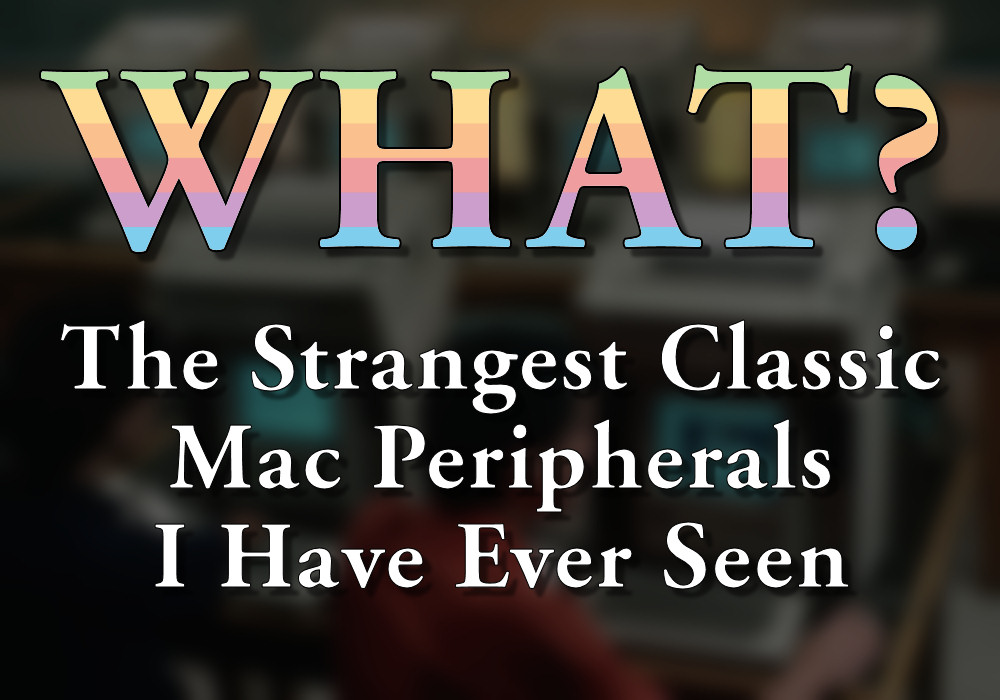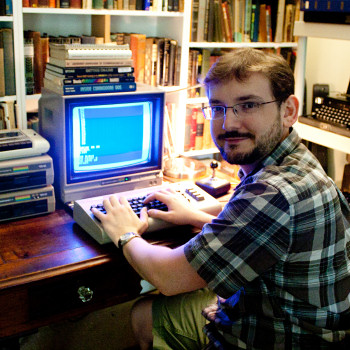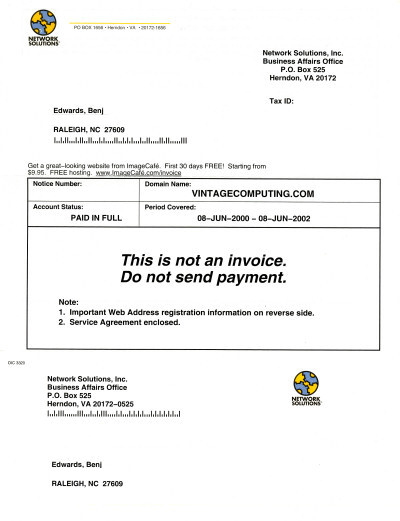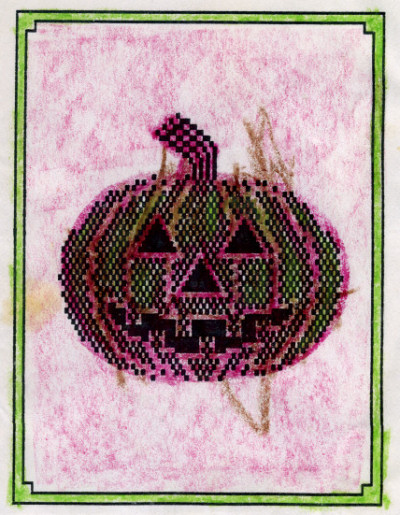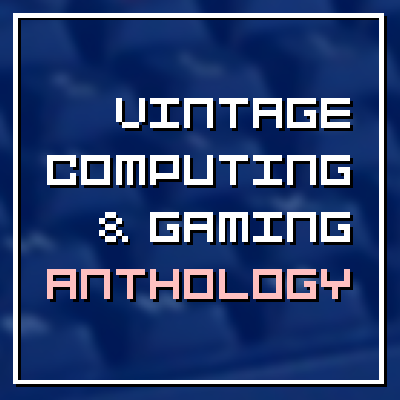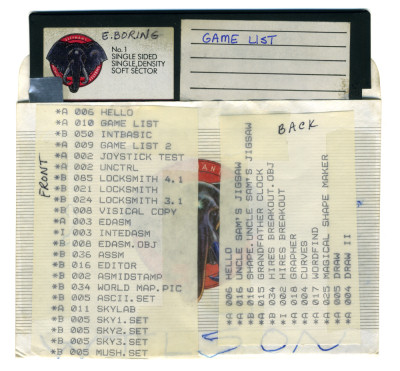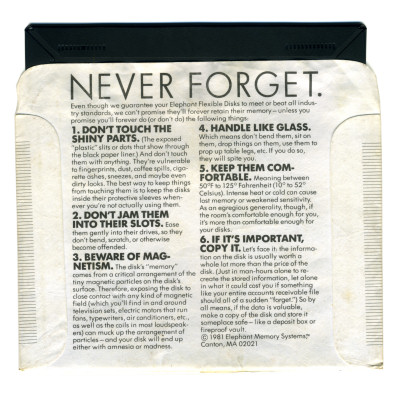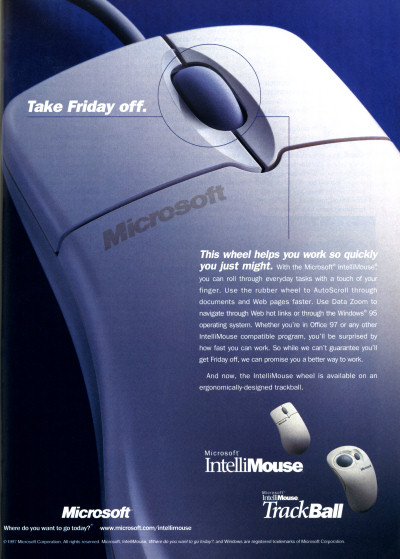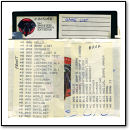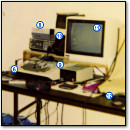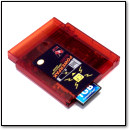[ VC&G Anthology ] Origins of the ASCII Smiley Character: An Email Exchange With Dr. David Bradley (2011)
Friday, November 6th, 2015
10 DAYS OF VINTAGE: Day 5
The famous IBM PC 5150 turned 30 in 2011, and I spent quite some time preparing for that important anniversary. During my brainstorming process, I thought it would be fun to celebrate the 30th anniversary of another famous cultural icon — the “smiley” ASCII character, which originated with that seminal IBM machine.
To me, the the smiley character (seen above in its original and inverse forms) is best known as the protagonist of pseudo-graphical text-based games like ZZT.
 To find out the origins of this whimsical denizen of Code Page 437, I sent an email to Dr. David J. Bradley, one of the creators of the IBM PC, whom I had corresponded with before. In fact, Dr. Bradley is best known as the inventor of “CTRL-ALT-DELETE” keyboard combination that once reset almost every IBM PC-compatible computer.
To find out the origins of this whimsical denizen of Code Page 437, I sent an email to Dr. David J. Bradley, one of the creators of the IBM PC, whom I had corresponded with before. In fact, Dr. Bradley is best known as the inventor of “CTRL-ALT-DELETE” keyboard combination that once reset almost every IBM PC-compatible computer.
I never did get around to writing that Smiley celebration as I planned, but I just ran across my conversation with Dr. Bradley recently, and I still find it interesting. With Dr. Bradley’s permission, I am reproducing a transcript of our email conversation below, which I hope will aid future IBM Smiley researchers in their quest for information.
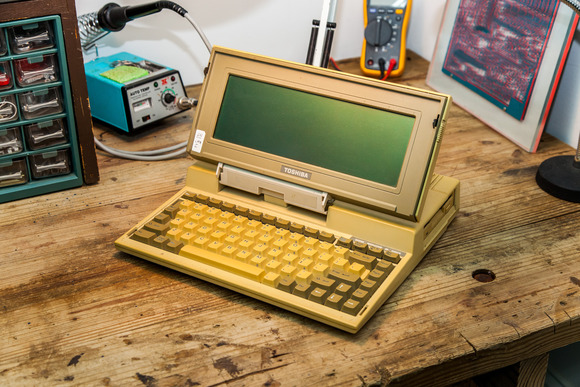
 In September 2008, I began working on an in-depth history of the early online virtual world called Lucasfilm’s Habitat for 1UP.com. After delays in hearing back from Chip Morningstar (one of the game’s co-creators) and an unexpected death in my wife’s family, the article got the kibosh. It’s probably for the best, because I barely knew what I was doing back then.
In September 2008, I began working on an in-depth history of the early online virtual world called Lucasfilm’s Habitat for 1UP.com. After delays in hearing back from Chip Morningstar (one of the game’s co-creators) and an unexpected death in my wife’s family, the article got the kibosh. It’s probably for the best, because I barely knew what I was doing back then.